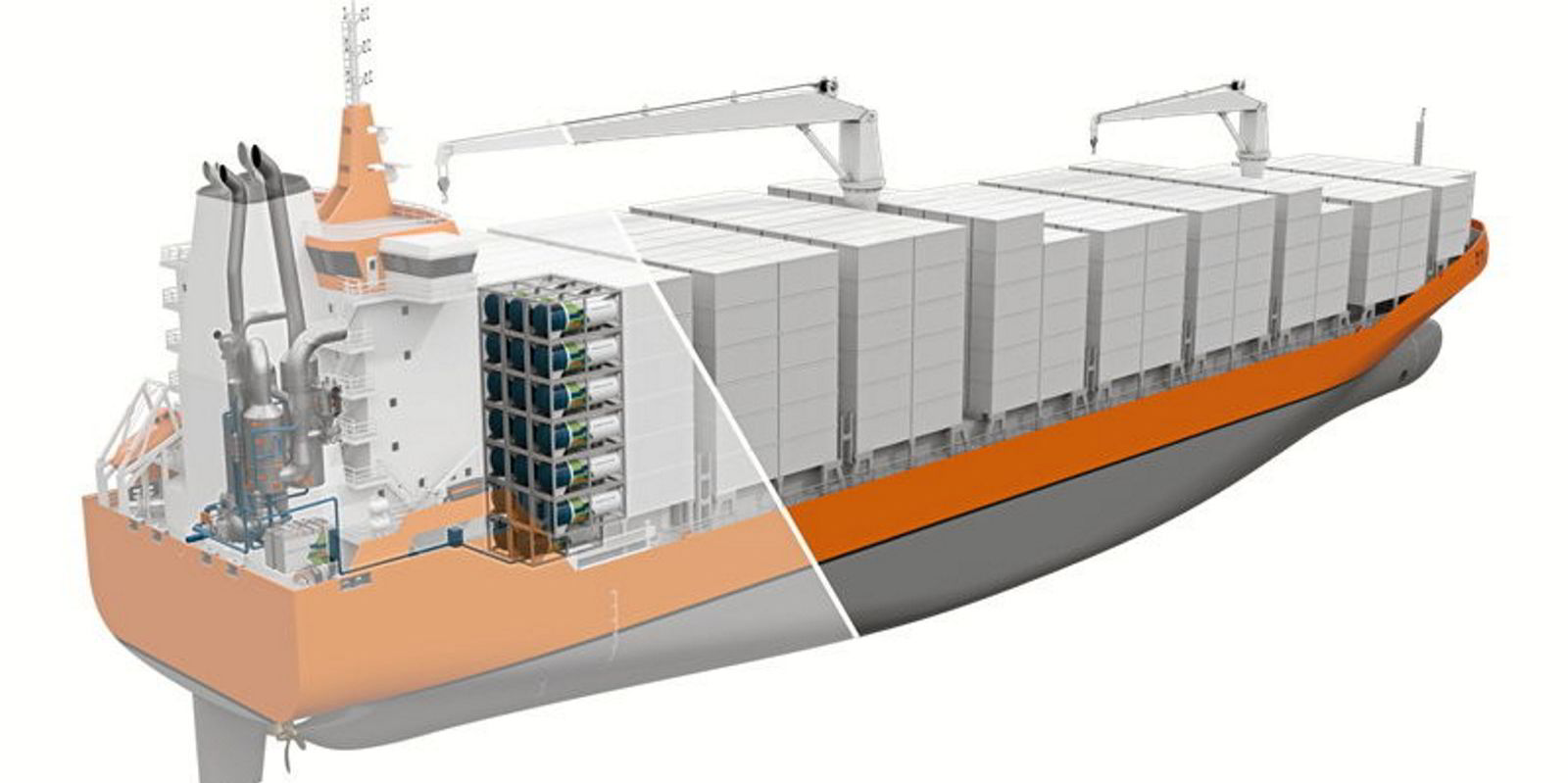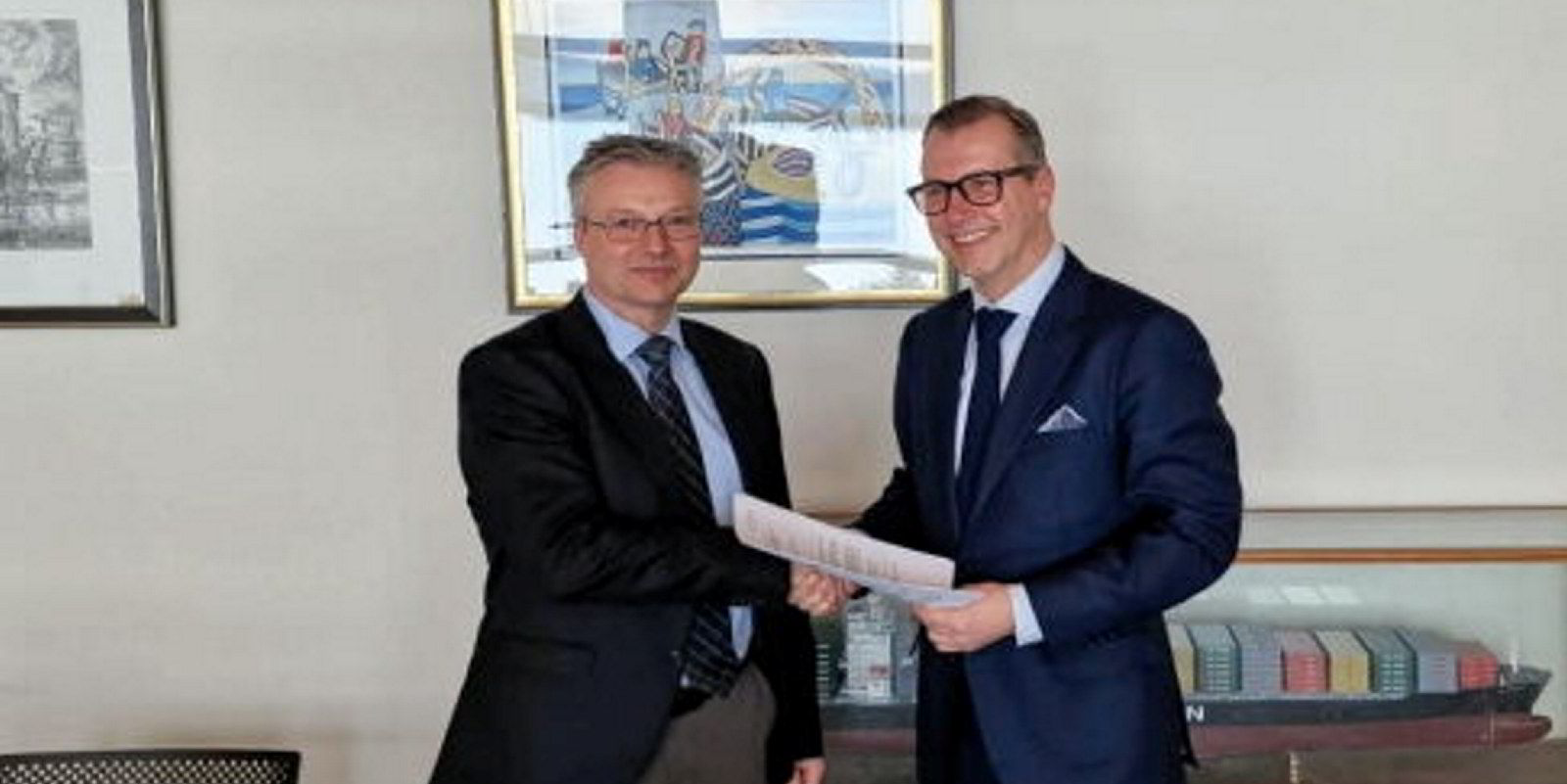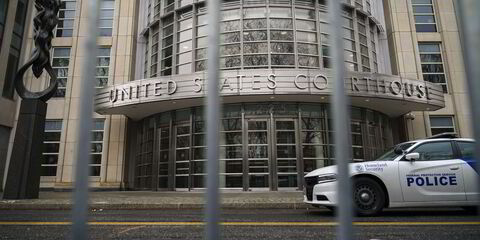Wartsila has revealed its first order for a new carbon capture and storage (CCS)-ready scrubber system.
The Finnish technology giant said the deal propels maritime decarbonisation through work on container ships at an Asian shipyard.
Delivery of the 35-MW kits is expected this year. They will be fitted on four 8,200-teu boxships in an open-loop configuration.
The shipowner has declined to be identified.
But shipping databases show four 8,182-teu vessels are on order for Cido Shipping for delivery in 2024 from Hyundai Samho Heavy Industries in South Korea.
And four 8,200-teu units are contracted at Jiangsu New Yangzijiang in China for Pacific International Lines. These will be delivered in 2025.
The scrubbers are termed CCS-ready because Wartsila will perform additional design and engineering work to ensure that future retrofits for a full CCS system on the vessels have already been accounted for during construction.
Wartsila said it will ensure adequate space for installation.
The system has also been designed for integration with a particulate matter filter.
Wartsila is testing the CCS system at a 70% capture rate, and a pilot installation will take place within the next year.
“Having a CCS-ready solution assures that the undisclosed shipowner has continued regulatory compliance for SOx emissions today and opens the door to smooth CCS system adoption in the future,” Wartsila said.
Future-proofing ships
Scott Oh, director at Wartsila’s exhaust treatment Asia, added: “We are very excited to announce this world-first order for our CCS-ready scrubber solution.
“By investing in a CCS-ready scrubber, shipowners will future-proof their assets.”
Wartsila has been testing the kit with Norwegian gas carrier owner Solvang, which revealed increasingly successful results.
A 60% capture rate using scrubber technology was achieved during land-based 1.2-MW tests at Wartsila’s facility in Moss, Norway, in February 2022.
But Solvang chief executive Edvin Endresen told Oslo law firm BAHR’s CO2 shipping seminar last April that this figure had risen to “80% and climbing” by the end of March.
“First indications are the CO2 is pure,” he said. “Now we have to get it tested properly. So far it’s been a successful project.”




